Learning from Home
#MuseumFromHome | #StayAtHome
Our Learning Team are sharing some fun activities to keep your children entertained in creative ways. The ideas will always aim to use items you are likely to have at home, and where possible using resources from your recycling bin.
The Den Master
One of our favourite activities at our Mini Museum Engineers sessions is building dens. Dens are a perfect place for children to hide, feel secure, and make a world full of their favourite things.
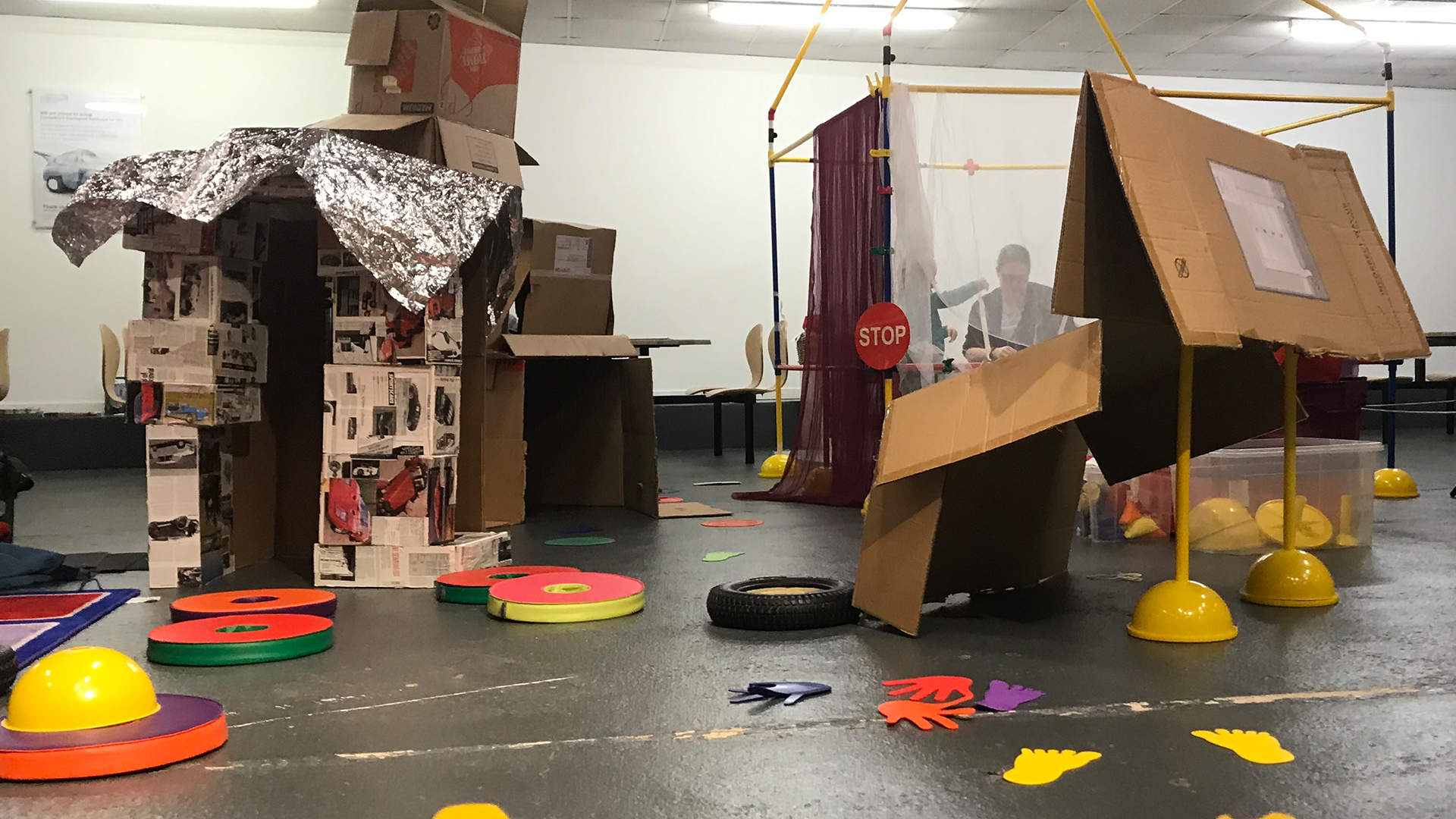
Resources required:
The resources required for this one is completely up to you, however, we recommend having the following things to hand:
- Scarves
- Blankets
- Clothes pegs
- Tables / chairs / sofas
Instructions:
- Using the materials you have to hand, build the most magical den you can think of
- Share your creation with your family and post images of it to our social media.
We can’t wait to see what you create!
Junk Model Challenge
We love a junk modelling challenge and this time we are challenging you to make a model car which moves.
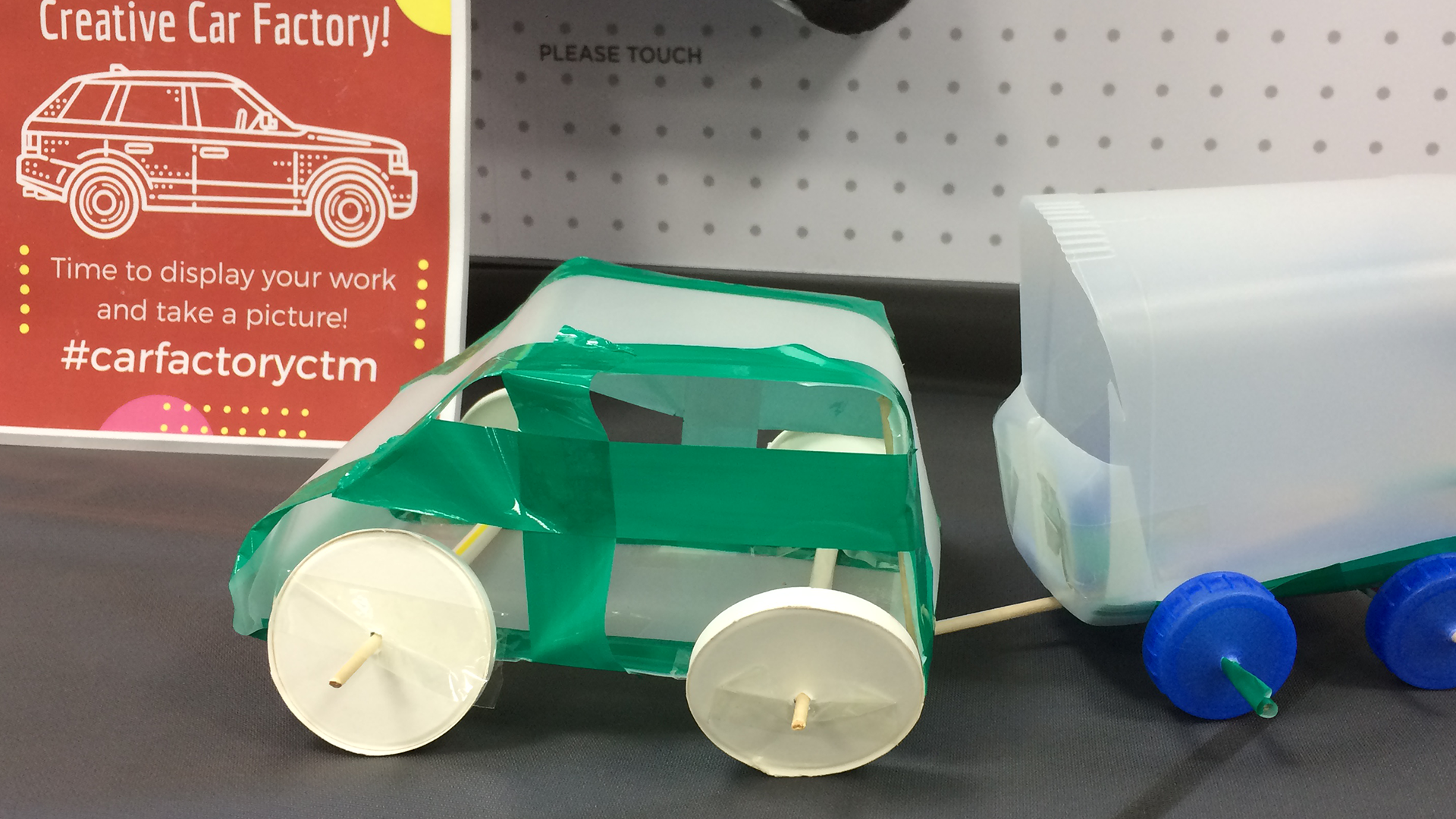
Resources required:
- 1x Milk bottle
- At least 2 bottle lids
- 2x sticks
Instructions:
Instead of telling you how to do this, we will give you tips and tricks which we have learnt.
Tips:
We found that we had the most stable results when we paired two milk bottle lids and taped them together so that the rim of the lids point outwards. Repeat this 4 times (or for as many times as you might think you need wheels).
- Best way to make an axle that moves the wheels:
Pin a hole in the centre of your wheels. Make sure it is big enough for a stick you are using but not too lose for the stick to fall out.
Specialised junk modelling material can be anything that you can find that is recyclable and clean (wash it). Here are some examples.
- Empty Milk bottle
- Milk bottle lids (as many as you can get)
- Straws
- Toilet paper roll
- Kitchen paper roll
- Yogurt pots
- Tin foil
Mini curator creations
Objects have a story to tell, and as a museum we try to share those special stories with you. This week we challenge you to become a curator (protector of objects and collections) and create your own mini museum!
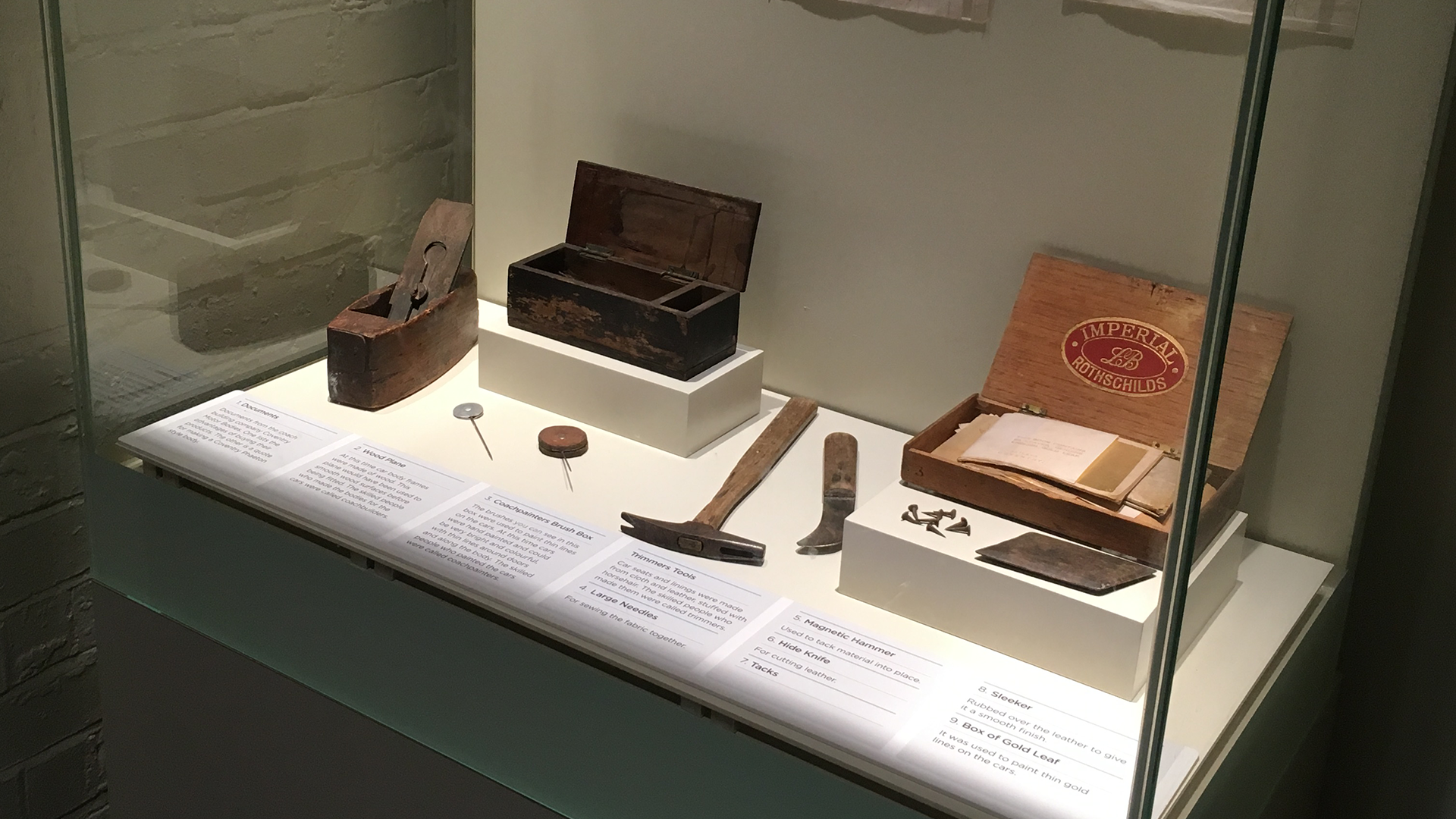
Resources required:
- Something to write with – a pen, a crayon, a felt-tip – whatever you child most likes to write with
- Something to write on (scrap paper adds character)
- three objects (more info below)
Alternatively, you could use a tablet device instead of pen and paper
Instructions:
- Collect 3 objects that have a link between them (you can decide on the link)
- Write down:
- What the object is
- When it was made, bought or given to you
- What it is made from
- What makes it special
- Share your creation with your family and post images of it to our social media.
A Journey to be Proud of
Inspired by Ted Simon's around the world motorcycle!
From the routine to the remarkable, there are tales to tell from every journey. Books are filled with epic tales, from ‘Lord of the Rings’ to ‘We’re going on a Bear Hunt’, with writers taking you on their journeys through attention to detail and use of description.
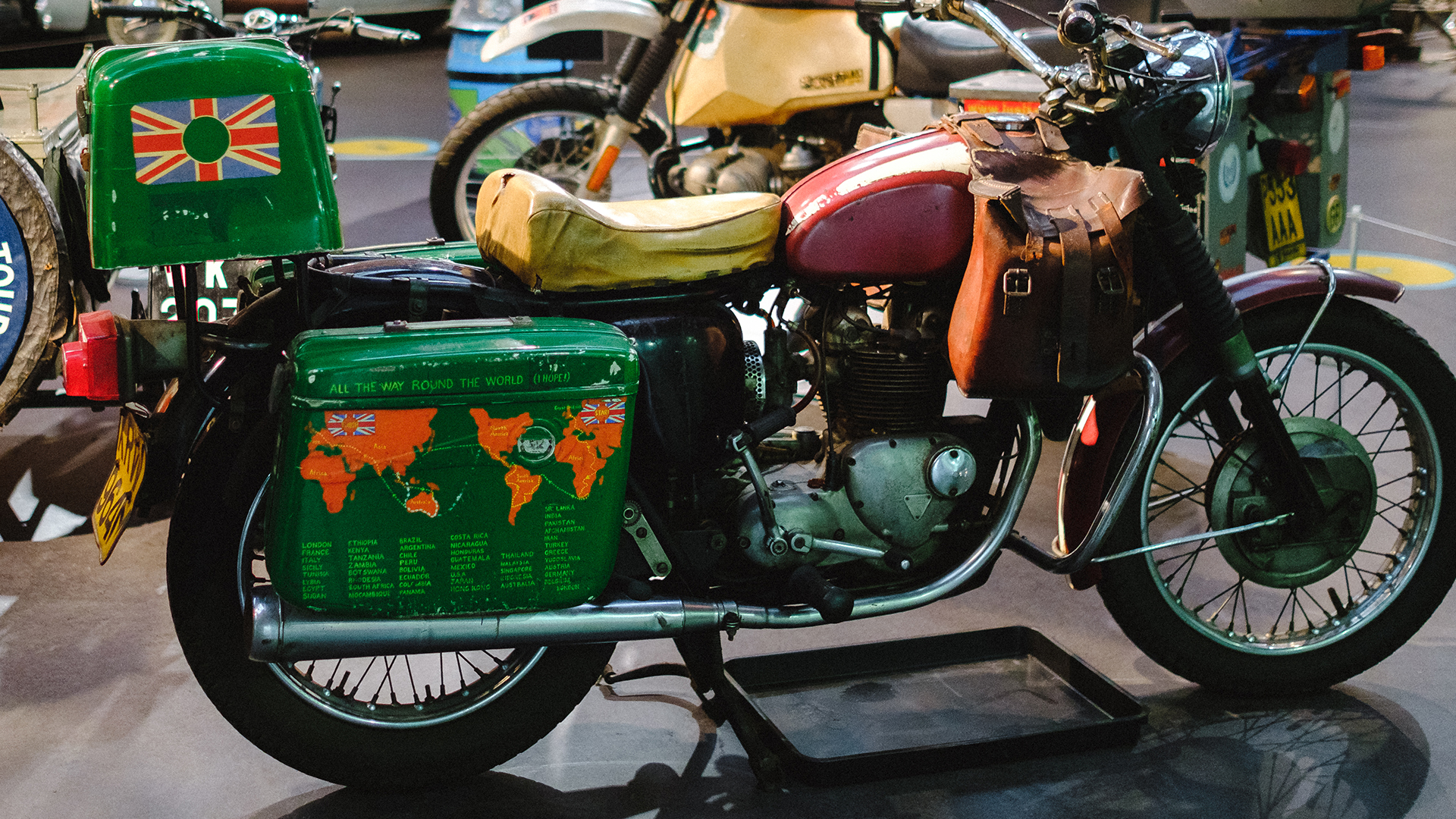
Resources required:
- Something to write with – a pen, a crayon, a felt-tip – whatever you child most likes to write with
- Something to write on (scrap paper adds character)
Alternatively, you could use a tablet device to capture the story
Instructions:
- Think about your favourite book or story and what you like most about it
- Write about a journey you’ve been on, using as many senses as you can to describe it. Made up stories are great too!
- Illustrate your story to bring it to life
- Share your creation with your family and post images of it to our social media.
Spoke spotting
Spokes are used to keep the wheel in a circle shape. They create a force which pulls the wheel back into shape.
Early cycles, like wagons, used radial spokes. These spokes travel in a straight line from the middle of the wheel to the outside of the wheel.
In 1874, Coventry’s own James Starley applied for a patent for tangential spokes. These spokes travel at an angle from the middle of the wheel to the outside of the wheel, which gives a criss-cross appearance. This technique made the wheel stronger and more stable.
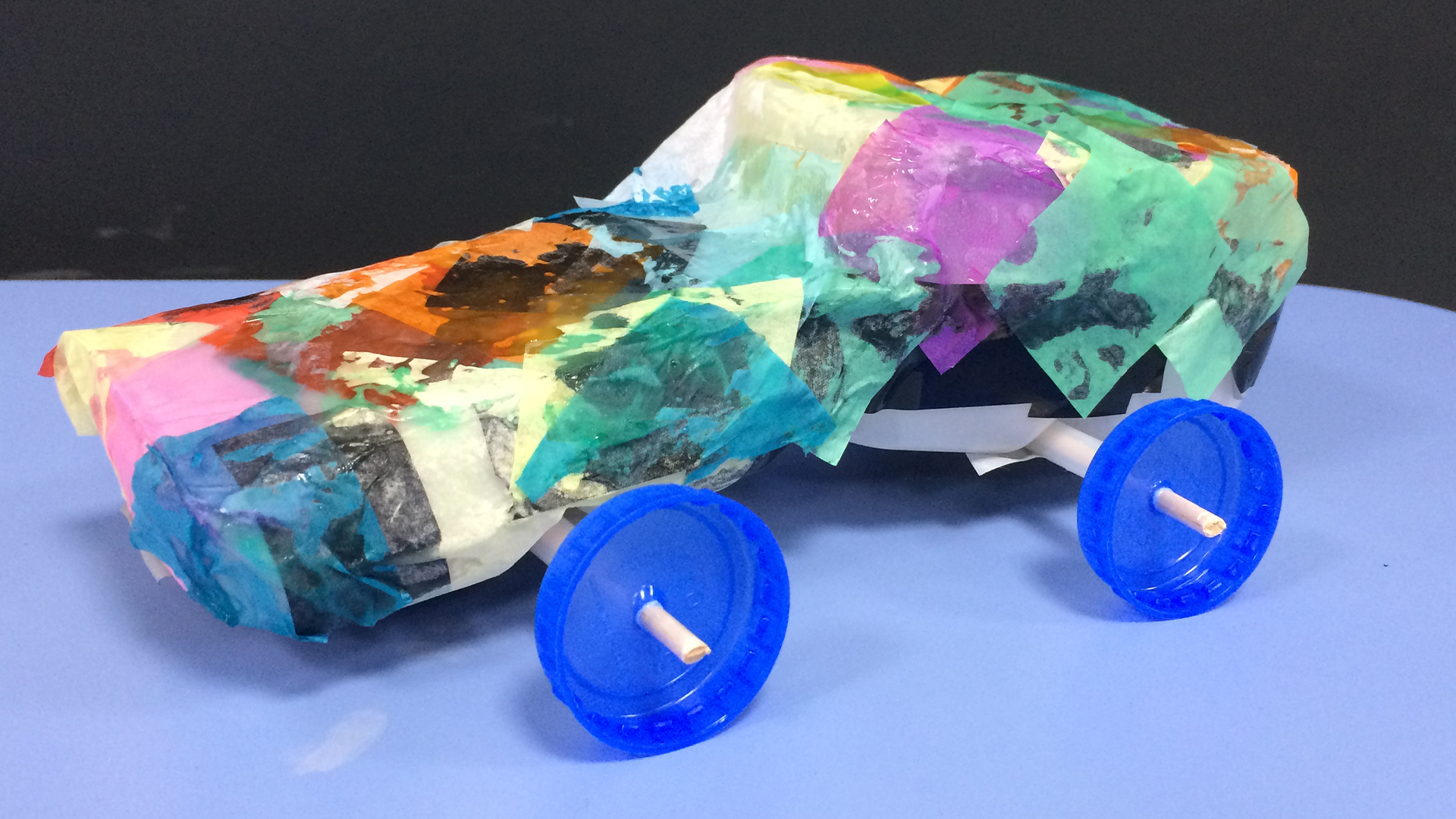
Resources required:
- Something to write with – a pen, a crayon, a felt-tip – whatever you child most likes to write with
- A copy of our resource sheet: found here
Alternatively, you could use a tablet device instead of pen and paper
Instructions:
- Download our activity sheet
- Follow the instructions
- Share your creation with your family and post images of it to our social media.
Shadow Play
One of our favourite Mini Museum Engineers sessions and something that children just love to play with is Lights.
This week we challenge you to investigate your own house for light sources and make a shadow play story.
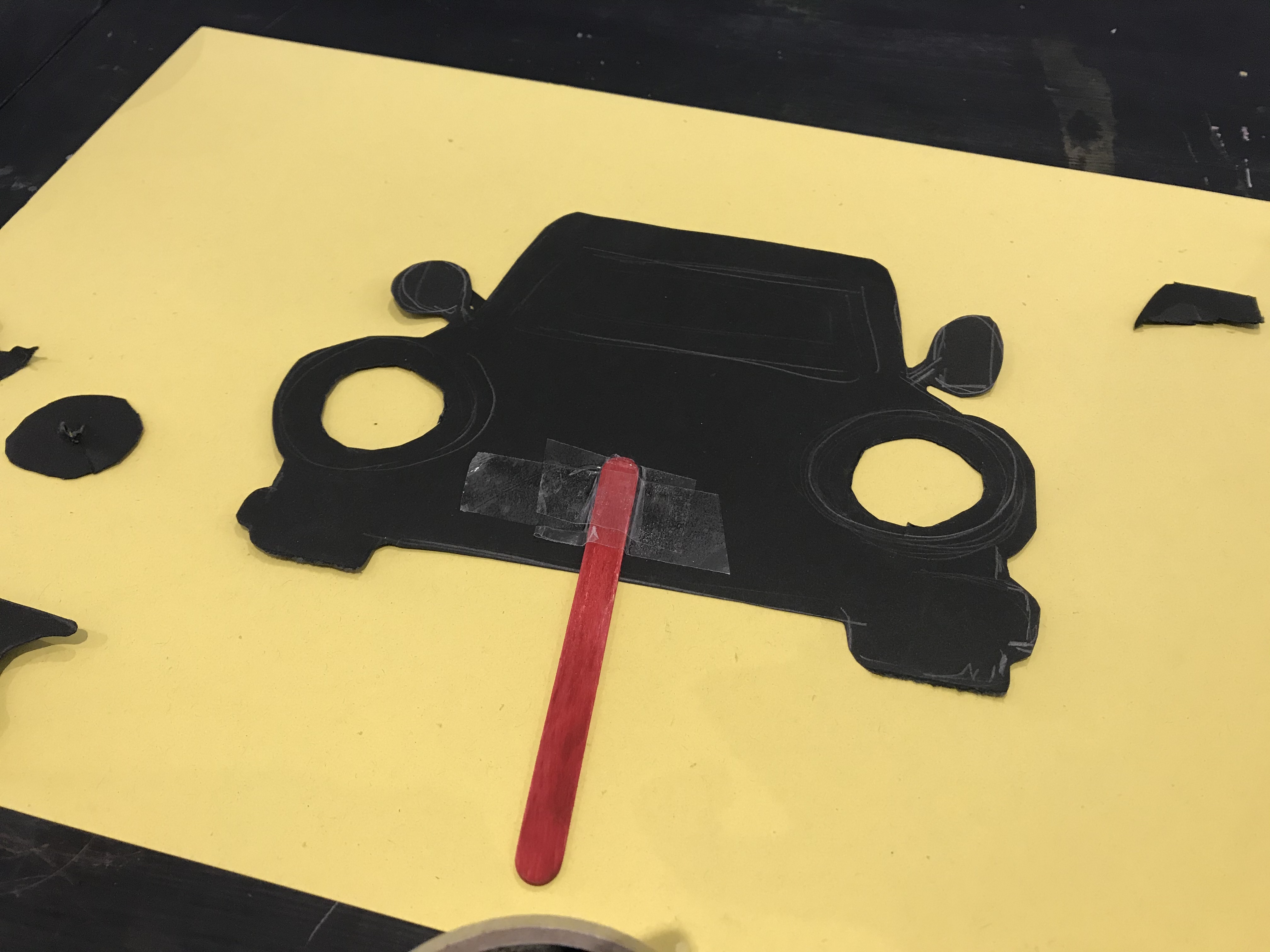
Resources required:
- A5 piece of card or cardboard (any colour will do)
- Lollipop stick or collect a stick from your garden
- Tape
- Scissors
- Pencil
Instructions:
- Draw the outline of your car on your card. You have two options to do so. With both options you will need to think about which parts of your car light up or which let light through (then they are translucent):
- If you want your cars headlights to light up, then draw the front view of your car. You can make the headlights a little bigger.
- You can also draw a side view of your car.
- Cut out the shape by cutting along the outline of the car with your scissors.
- Cut out the parts that are translucent or are a light source. (Tip: use the tip of your pencil to make a whole in the centre of the part that you want to cut out. Then use the scissors to cut out the part.)
- Tape your stick onto the shape.
- Tada! All finished. Now you can start exploring and playing with light sources around you in your house (floor lamps, ceiling lights, desk lamps are a great source)
#MuseumFromHome | #StayAtHome